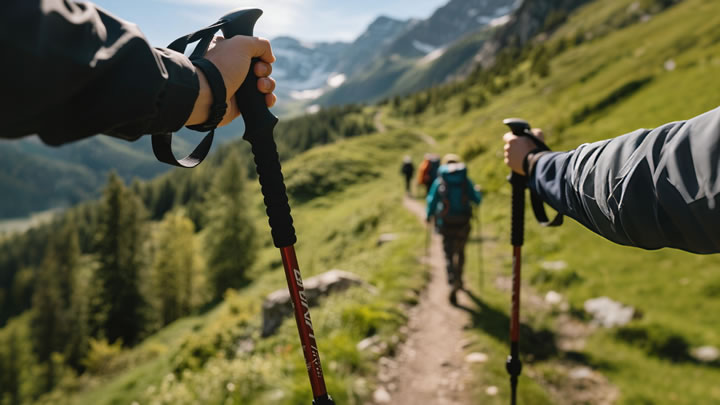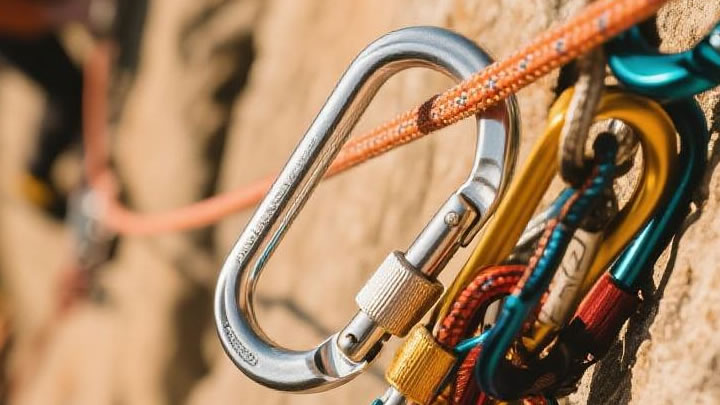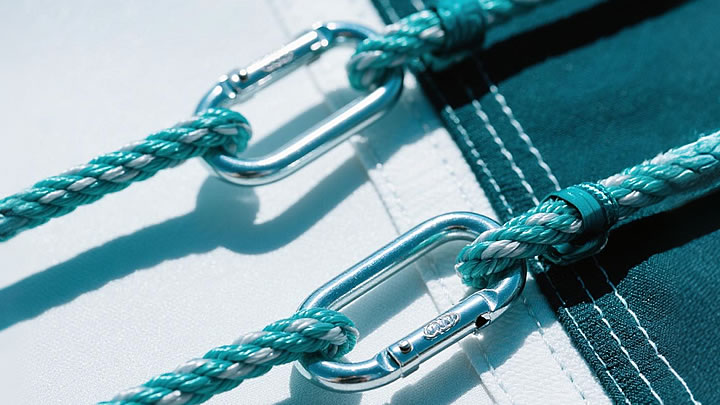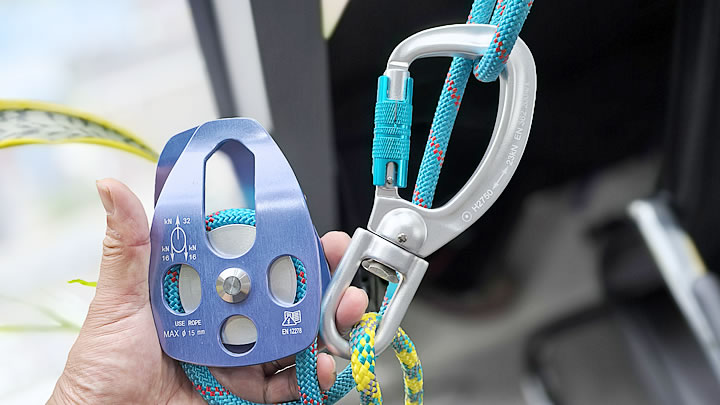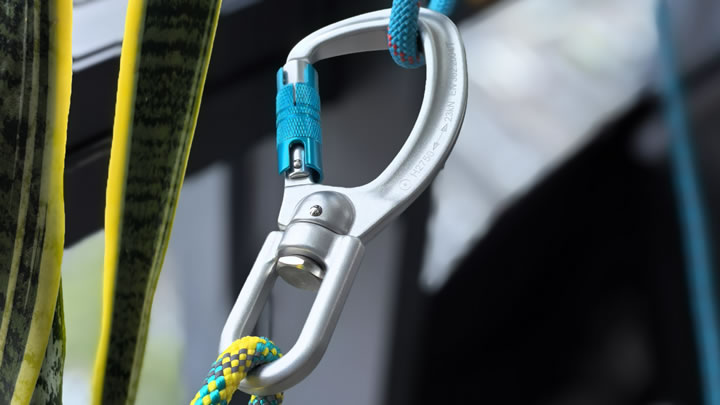Best lightweight camping stoves for hiking?
When every ounce counts on the trail, a reliable lightweight camping stove is non-negotiable. Whether you’re summiting peaks or tackling multi-day treks, the right stove balances portability, fuel efficiency, and durability. But with endless options claiming to be “ultralight,” how do you choose? This guide breaks down the best lightweight stoves for hiking in 2024, backed by performance tests and trail-proven insights.

What Makes a Stove “Lightweight” for Hiking?
- Weight: Ideal for backpackers: under 5 ounces (excluding fuel).
- Packability: Fits inside a pot or stuff sack without bulk.
- Fuel Efficiency: Minimizes fuel carry (e.g., boils 1L water with 8-12g fuel).
- Weather Resistance: Stable in wind/rain with fast boil times.
Top 5 Lightweight Camping Stoves for Hiking
1. Jetboil Flash
- Weight: 13.1 oz (including pot)
- Pros: Integrated cooking system, FluxRing tech boils 1L in 2.5 mins, fuel-efficient.
- Cons: Slightly heavier than minimalist stoves.
- Best For: Solo hikers prioritizing speed and convenience.
2. MSR PocketRocket 2
- Weight: 2.6 oz
- Pros: Ultra-compact, affordable, reliable in mild weather.
- Cons: Struggles in high winds without a windshield.
- Best For: Budget-conscious backpackers on short trips.
3. Soto WindMaster
- Weight: 4.2 oz
- Pros: 4-flex pot supports, micro-regulator for wind resistance (up to 15 mph), simmer control.
- Cons: Slightly pricier.
- Best For: Alpine or coastal hikes with unpredictable weather.
4. BRS Ultralight Stove
- Weight: 0.9 oz
- Pros: Cheapest ultralight option, decent boil time (3.5 mins for 1L).
- Cons: Fragile legs, avoid heavy pots.
- Best For: Ultralight thru-hikers willing to trade durability for weight savings.
5. Snow Peak LiteMax
- Weight: 1.9 oz
- Pros: Titanium construction, stable flame, works with most canisters.
- Cons: No simmer control.
- Best For: Minimalists seeking a balance of weight and reliability.
Fuel Types: Which Is Best for Lightweight Hiking?
- Canister Stoves (Isobutane/Propane):Pros: Lightweight, no priming, easy to use.Cons: Performance drops below freezing.Tip: Use a canister stand (e.g., MSR Canister Stand) in cold weather.
- Alcohol Stoves:Pros: Silent, ultralight (e.g., Trail Designs Caldera Cone).Cons: Slower boil times, no flame control.
- Wood-Burning Stoves:Pros: Fuel-free (burn twigs), eco-friendly.Cons: Heavy (e.g., Solo Stove Lite at 9 oz), illegal in some parks.
How to Choose: 3 Key Questions
- How Long Is Your Trip?Weekend hikes: 100g fuel canister.Weeklong treks: Calculate 30ml fuel per meal.
- What’s Your Cooking Style?Boil-only meals (ramen, oatmeal): Go minimalist (BRS or Snow Peak).Simmering recipes: Choose Soto WindMaster or Jetboil.
- What’s the Weather Forecast?Cold/windy: Opt for a regulated stove (Soto) or liquid fuel (MSR WhisperLite).
Pro Tips for Ultralight Backpacking
- Use a Windscreen: DIY foil or MSR WindBurner system boosts efficiency by 30%.
- Cold-Weather Hacks: Warm canisters in your sleeping bag before use.
- Repair Kit: Carry a needle tool for jet clogs and spare O-rings.
FAQs
Q: Can I use a lightweight stove for group hiking?
A: Yes, but pair it with a larger pot (1.5–2L) and plan fuel needs carefully.
Q: Are titanium stoves worth the cost?
A: Titanium (e.g., Snow Peak) is rust-proof and durable but pricier than aluminum.
Q: How do I safely store fuel canisters?
A: Keep them in a cool, dry place—never puncture or expose to flames.
Final Verdict
For most hikers, the Soto WindMaster strikes the best balance of weight, wind resistance, and versatility. Ultralight purists will love the BRS Stove’s sub-1-ounce magic, while speed-focused adventurers should grab the Jetboil Flash. Always match your stove to your trip’s demands—because in the backcountry, every gram matters, but reliability matters more.
Gear light, hike far, and savor those trailside meals! 🏔️🔥

